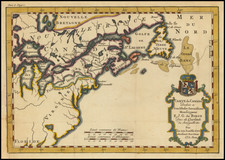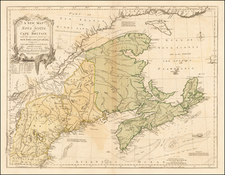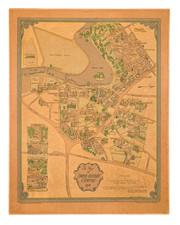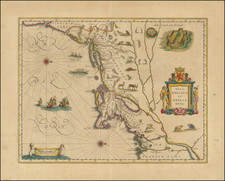Rare Revolutionary War battle plan showing the battle of Bunker Hill (Breeds Hill), from Charles Smith's Monthly Military Repository, the earliest obtainable American engraved plans of the battle.
This rare engraving from Charles Smith's Monthly Military Repository is the first detailed plan of the battle of Bunker Hill to be printed in the United States. The plan provides a highly detailed view of the battle derived from William Faden's Plan of the Action at Bunkers Hill. The major differences are the correction of "Bunkers" to "Breeds" Hill in the title and the consolidation of the information on a single sheet (Faden employed an overlay to distinguish the initial and later phases of the battle.)
After the Americans fortified Breed's Hill on the Charlestown peninsula, giving their artillery command over much of Boston and its approaches, the British attaced the American positions. Overconfident, the British ferried troops across the Charles and attacked the American emplacement head on. After fierce resistance, the Americans were overwhelmed by the British, supported by artillery bombardment from three sides.
Smith's
Repository (1796-1797) included instruction on military strategy, conduct, and clothing, extracts from histories of European wars, and more importantly, descriptions of American Revolutionary battles. Most of the descriptions for the American battles were taken from the writings of Baron Steuben and Gen. Horatio Gates. Included were a series of revolutionary battle plans based on prototypes published in London. In 1797 Smith reissued the American material from the Repository in a single volume under the title
The American War.
The maps from this work are very rare on the market, especially with original color.









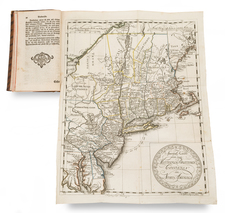
![[Massachusetts Bay, with Boston and Part of Cape Cod]](https://storage.googleapis.com/raremaps/img/small/59282.jpg)
